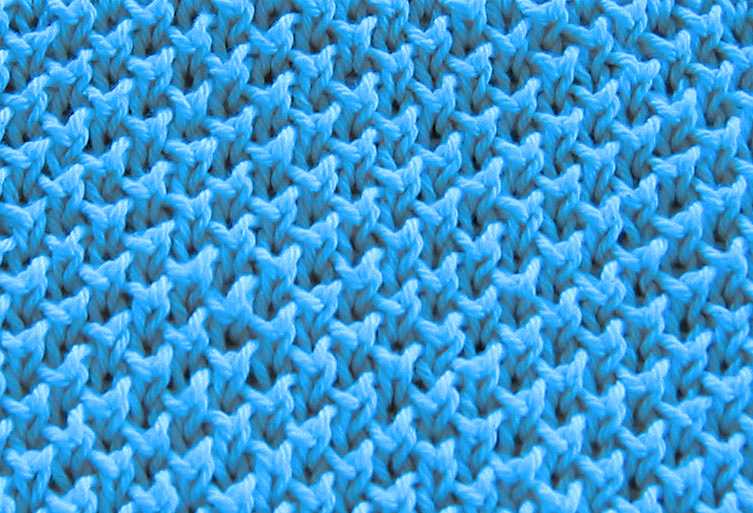
Knitting is a time-honored craft that allows knitters to create beautiful and functional items with just a few simple tools and a bit of patience. While many knitters stick to traditional knitting patterns, there are those who prefer to think outside the box and create their own unique designs. One way to do this is by using stitch knitting patterns.
Stitch knitting patterns are collections of different stitch combinations that can be used to create stunning and intricate designs. Whether you’re a beginner knitter looking to experiment with new techniques or an experienced knitter looking to add a personal touch to your projects, stitch knitting patterns offer endless possibilities.
From cables and lace to bobbles and popcorn stitches, there’s a stitch knitting pattern for every taste and skill level. Whether you’re knitting a cozy sweater, a trendy scarf, or a warm pair of socks, incorporating different stitch patterns can add texture and visual interest to your knits.
If you’re new to stitch knitting patterns, there are plenty of resources available to help you get started. Online tutorials, knitting books, and knitting magazines are great sources of inspiration and instruction. Additionally, many knitting communities and forums offer support and advice for knitters looking to learn new stitch patterns.
So why not break free from traditional knitting patterns and unleash your creativity with stitch knitting patterns? Whether you’re looking to create a one-of-a-kind design or simply add a unique touch to your knits, the possibilities are endless. So grab your knitting needles and get ready to embark on a new knitting adventure!
The Basics of Stitch Knitting
Stitch knitting is a popular technique used to create textured patterns in knitwear. It involves manipulating the order of stitches in a row to create different patterns and designs. Whether you are a beginner or an experienced knitter, understanding the basics of stitch knitting is essential to creating beautiful and unique pieces.
1. Casting On: Before you can start stitch knitting, you need to cast on your stitches. This is the process of creating the first row of stitches on your knitting needle. There are several casting on methods to choose from, including the long-tail cast on and the knit cast on. Experiment with different methods to find the one that works best for you.
2. Knit Stitch: The knit stitch is the most basic stitch in knitting. It creates a smooth and flat texture on the right side of the fabric. To knit a stitch, insert your right-hand needle through the front of the stitch on the left-hand needle, wrap the yarn around the right-hand needle, and pull it through the stitch, slipping the old stitch off the left-hand needle. Practice the knit stitch until you feel comfortable with the motion.
3. Purl Stitch: The purl stitch is another essential stitch in knitting. It creates a bumpy texture on the right side of the fabric and a smooth texture on the wrong side. To purl a stitch, insert your right-hand needle through the front of the stitch on the left-hand needle, wrap the yarn around the right-hand needle, and pull it through the stitch, slipping the old stitch off the left-hand needle. The motion is similar to the knit stitch, but the orientation of the needles is reversed.
4. Reading a Pattern: Once you are comfortable with the knit and purl stitches, you can start working on stitch knitting patterns. These patterns provide instructions on how to manipulate the order of stitches to create different textures and designs. It is essential to read the pattern carefully and understand any abbreviations or symbols used. Take your time and practice each row to ensure you are following the pattern correctly.
5. Counting Stitches: As you work on stitch knitting patterns, it is important to keep track of your stitches. Counting your stitches will help you stay on track and ensure your pattern turns out as intended. Use stitch markers to mark specific sections of your pattern, and periodically count your stitches to make sure they match the pattern instructions.
By mastering the basics of stitch knitting, you can unlock a world of creativity and create beautiful knitwear. Practice your casting on, knit and purl stitches, and reading patterns to become a confident stitch knitter. Remember to start with simple patterns and gradually work your way up to more complex designs. With time and practice, you will develop your own unique knitting style and create stunning pieces.
Getting Started with Stitch Knitting
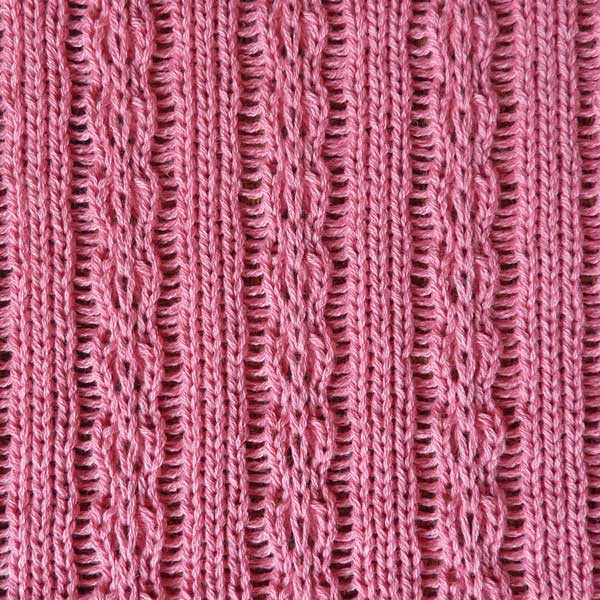
If you’re new to stitch knitting, don’t worry! It’s an enjoyable and creative craft that anyone can learn. With a little patience and practice, you’ll soon be creating beautiful and unique knitted items. Before you start, it’s important to gather some essential tools: knitting needles, yarn, and a stitch knitting pattern.
Knitting Needles: There are different types of knitting needles available, such as straight needles, circular needles, and double-pointed needles. Choose the type that feels most comfortable for you to work with. The size of the needles will also depend on the thickness of the yarn you’re using. Check your stitch knitting pattern for the recommended needle size.
Yarn: Yarn comes in various weights and materials, each with its own unique properties. The weight of the yarn will determine the thickness of your finished project. Choose a yarn that matches the requirements of your stitch knitting pattern. It’s also helpful to consider the color and texture of the yarn to achieve the desired look and feel of your project.
Stitch Knitting Pattern: A stitch knitting pattern is a set of instructions that guides you through the process of creating specific stitches and patterns. It serves as a roadmap for your project, detailing the number of stitches, rows, and any special techniques required. It’s crucial to carefully read and understand the pattern before you start knitting. Some patterns may use abbreviations or symbols, so familiarize yourself with these beforehand.
Once you have your tools and pattern ready, it’s time to begin your stitch knitting project. Start by casting on the required number of stitches as indicated in the pattern. Take your time and make sure each stitch is secure on the needle. Then, follow the pattern instructions for each row, whether it’s knitting, purling, or combining different stitches. Remember to keep an even tension and check your work periodically to avoid any mistakes.
Whether you’re making a cozy scarf, a trendy sweater, or a decorative blanket, stitch knitting allows you to express your creativity and make something truly unique. Don’t be afraid to experiment with different stitches and patterns to add your personal touch to each project. With practice, you’ll become more skilled and confident in your stitch knitting abilities.
Choosing the Right Needles and Yarn
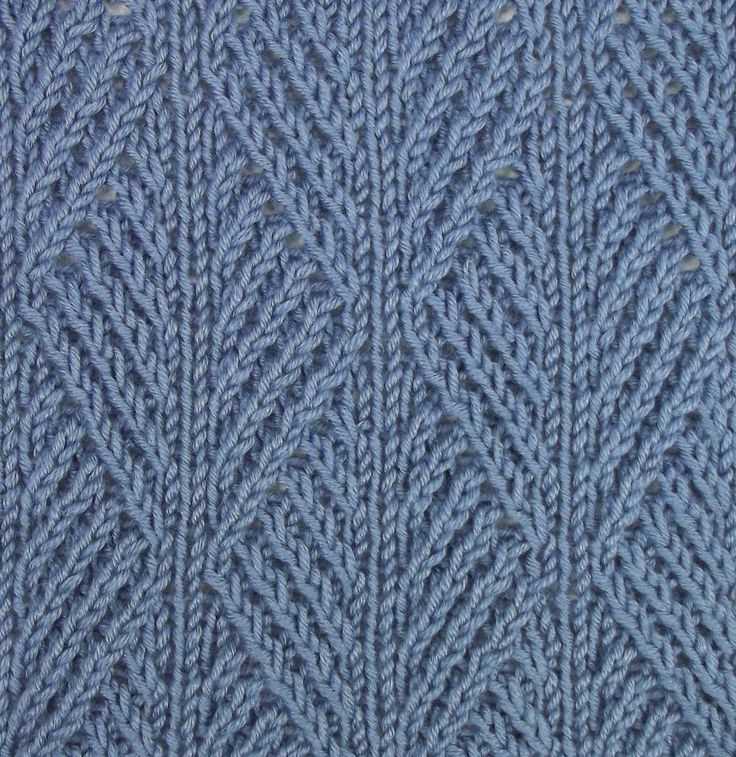
When it comes to stitch knitting patterns, choosing the right needles and yarn is essential to creating a beautiful and successful project. The type and size of needles and yarn can greatly affect the outcome of your knitting, so it’s important to understand which options work best for your desired pattern.
Needles: There are various types of knitting needles available, including straight needles, circular needles, and double-pointed needles. Straight needles are the most common choice for beginners and are ideal for flat knitting projects such as scarves or blankets. Circular needles, on the other hand, are perfect for knitting in the round, such as hats or sweaters, and can also be used for flat knitting. Double-pointed needles are typically used for small projects like socks or mittens, where the stitches are divided onto multiple needles.
Yarn: The type of yarn you choose will depend on the pattern and the desired outcome of your project. Yarn comes in different weights and fibers, each with its own characteristics. The weight of the yarn refers to its thickness, with options ranging from super fine to super bulky. Thinner yarns are typically used for delicate or lightweight projects like lace shawls, while thicker yarns are great for cozy blankets or chunky sweaters. The fiber content of the yarn can also affect the drape, warmth, and durability of the finished project. Common yarn fibers include wool, cotton, acrylic, and blends of different fibers.
Before starting your stitch knitting pattern, it’s important to read the pattern instructions carefully to determine the recommended needle size and yarn weight. This information will help guide you in selecting the appropriate materials for your project. Additionally, it’s always a good idea to make a gauge swatch by knitting a small sample using the specified needles and yarn. This will allow you to check if your tension matches the pattern and make any necessary adjustments before starting your project.
In conclusion, choosing the right needles and yarn is crucial for successful stitch knitting patterns. By considering factors such as needle type, yarn weight, and fiber content, you can ensure that your finished project matches your vision and turns out beautifully.
Essential Stitch Knitting Techniques
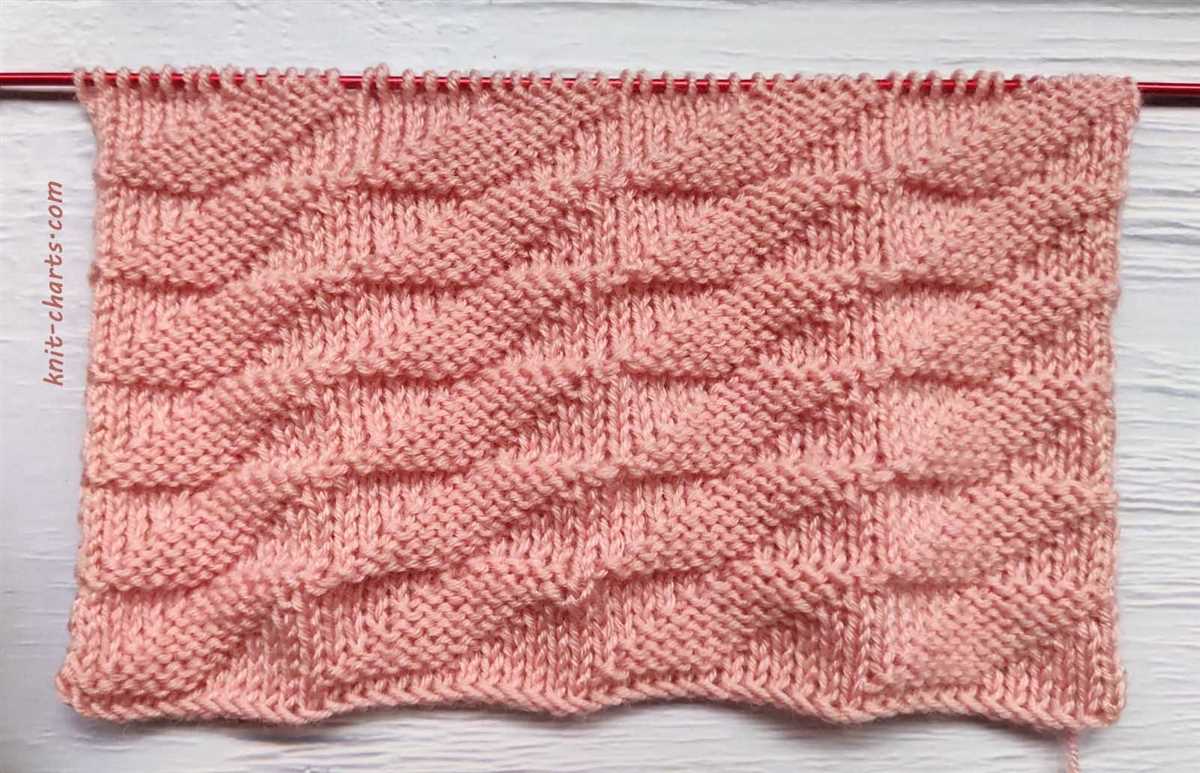
In order to create beautiful stitch knitting patterns, it is important to master the essential knitting techniques. These techniques form the foundation for creating various stitches and designs.
1. Knit Stitch: The knit stitch is one of the basic stitches in knitting. It is created by inserting the right needle into the front loop of the stitch on the left needle, wrapping the yarn around the right needle, and pulling it through to create a new stitch.
2. Purl Stitch: The purl stitch is another fundamental stitch in knitting. It is created by inserting the right needle into the front loop of the stitch on the left needle, but instead of wrapping the yarn around the needle, the yarn is brought to the front of the work and pulled through to create a new stitch.
3. Yarn Overs: Yarn overs are used to create decorative holes or eyelets in knitting patterns. It involves simply wrapping the yarn around the needle without inserting it into a stitch, resulting in an extra loop on the needle.
4. Decreases: Decreases are used to shape knitting projects, such as creating tapered edges or shaping sleeves. There are several types of decreases, including knit two stitches together (k2tog), slip slip knit (ssk), and purl two stitches together (p2tog).
5. Increases: Increases are used to add stitches and create shaping in knitting patterns. Common methods of increasing include yarn overs, knitting into the front and back of a stitch (kfb), and lifted increases.
6. Cable Stitch: Cable stitches are created by crossing a group of stitches over each other, resulting in a twisted or braided appearance. This technique involves holding some stitches on a cable needle or stitch holder while working other stitches, and then crossing them in a specific pattern.
7. Lace Knitting: Lace knitting involves creating intricate and delicate patterns using a combination of yarn overs, decreases, and other techniques. It requires attention to detail and careful manipulation of stitches to achieve the desired lace pattern.
By mastering these essential stitch knitting techniques, knitters can unlock a world of possibilities in creating beautiful and intricate stitch knitting patterns. Whether it’s simple garter stitch or complex lacework, these techniques are the building blocks for creating stunning knitted creations.
Simple Stitch Knitting Patterns for Beginners
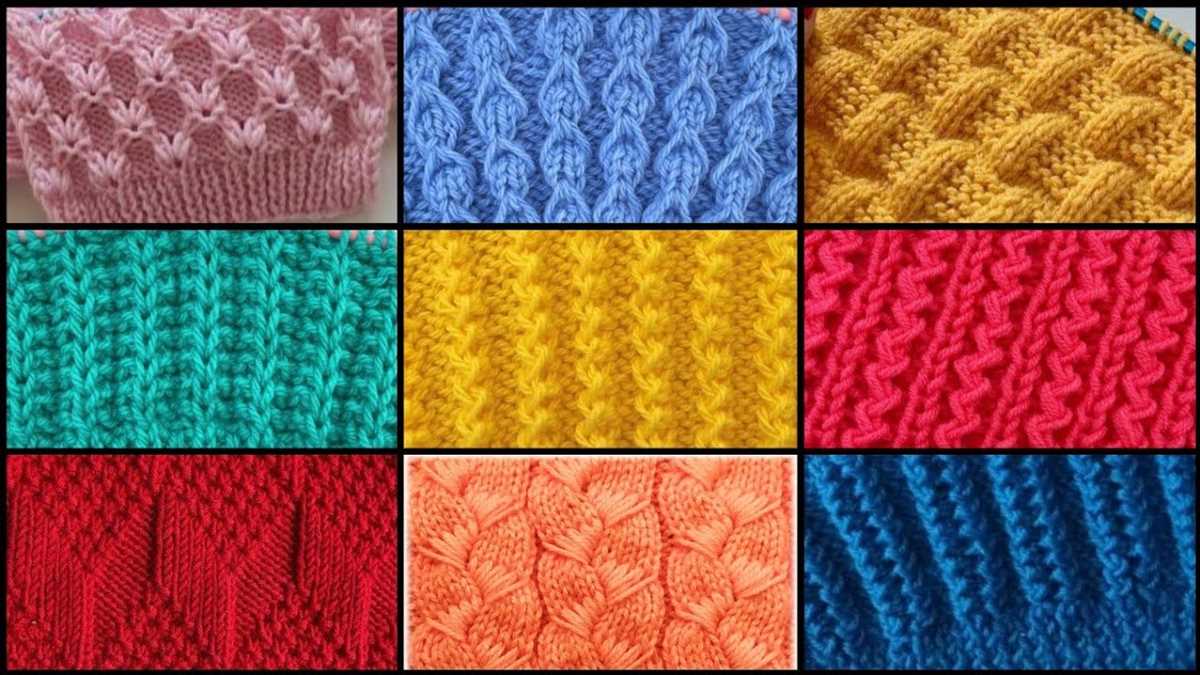
Knitting is a wonderful craft that allows you to create beautiful and cozy items with just a pair of needles and some yarn. If you’re a beginner, it’s important to start with simple stitch knitting patterns that will help you master the basic techniques and build your confidence. Here are a few easy patterns to get you started:
1. Garter Stitch Scarf
The garter stitch is one of the simplest stitch patterns in knitting. It is created by knitting every row, resulting in a fabric that has a bumpy texture on both sides. A garter stitch scarf is a great project for beginners, as it allows you to practice your knitting and purling skills, as well as get comfortable with the basic techniques.
2. Stockinette Stitch Washcloth
The stockinette stitch is another popular stitch pattern that creates a smooth, flat fabric with a “V” pattern on the right side and purl bumps on the wrong side. Knitting a simple washcloth in stockinette stitch is a great way to practice your tension and evenness, as well as learn to switch between knit and purl stitches.
3. Seed Stitch Hat
The seed stitch is a textured stitch pattern that alternates between knit and purl stitches to create a richly textured fabric. Knitting a hat in seed stitch is a great project for beginners who want to try their hand at a slightly more complex stitch pattern. The hat can be knitted in the round or flat and then seamed, depending on your preference.
4. Ribbed Headband
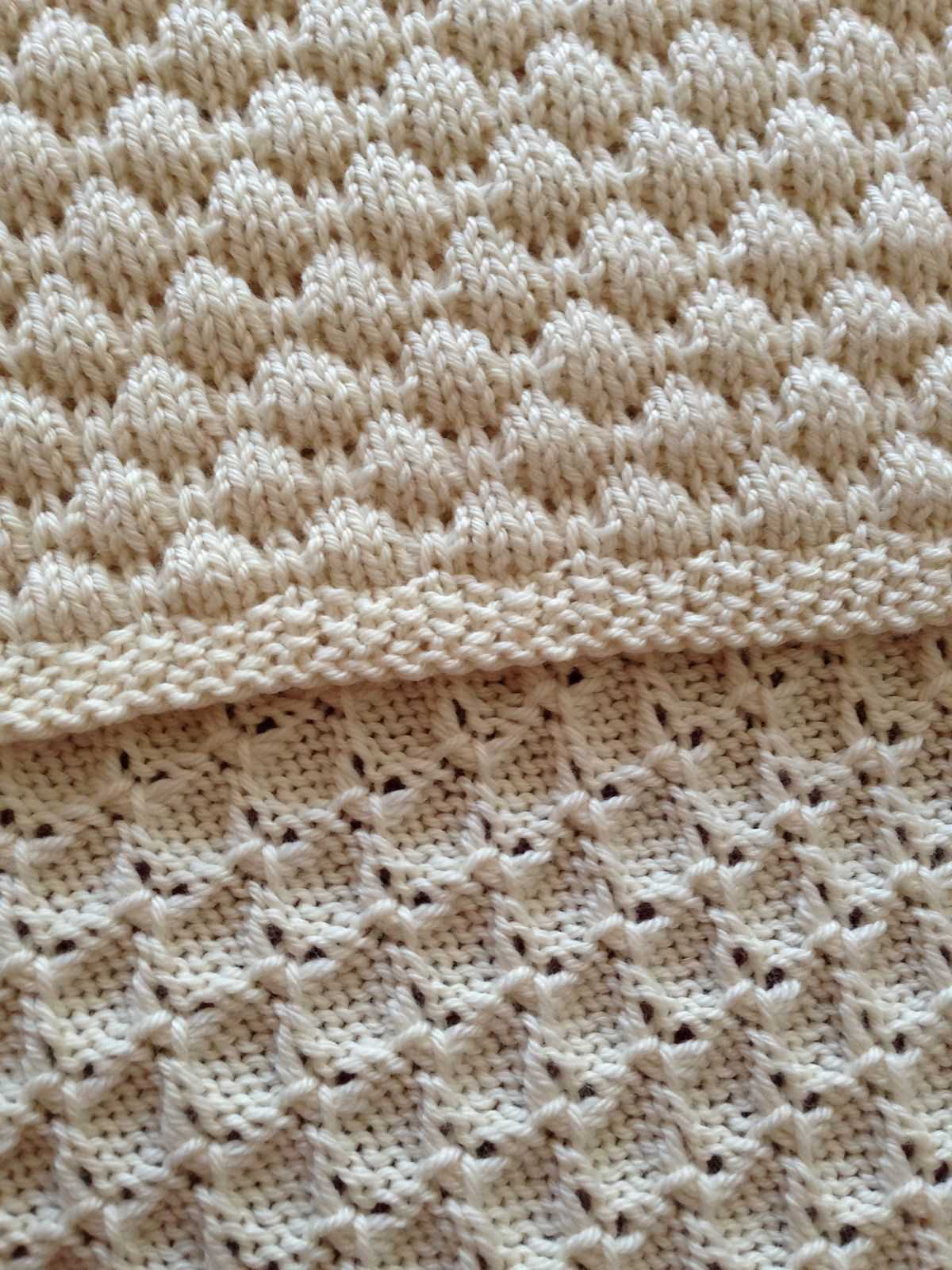
Ribbing is a versatile stitch pattern that is commonly used for cuffs, collars, and borders. It creates a fabric that has a lot of stretch and elasticity. Knitting a ribbed headband is a great way for beginners to practice knitting and purling in combination, as well as learn to read and follow a basic pattern.
Remember, the key to successful knitting is practice and patience. Start with simple stitch knitting patterns, and as you gain more experience and confidence, you can move on to more complex projects. So grab your needles and yarn, and enjoy the wonderful world of knitting!
Intermediate Stitch Knitting Patterns
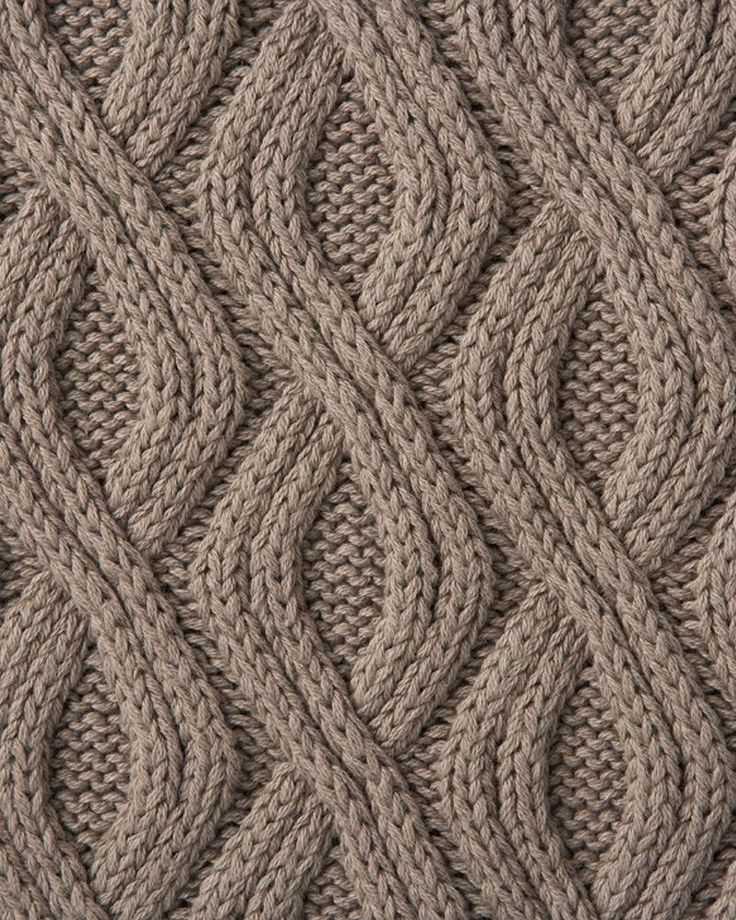
Intermediate stitch knitting patterns provide a great opportunity for knitters to challenge themselves and take their skills to the next level. These patterns are more complex than beginner patterns, requiring knitters to have a solid understanding of basic knitting techniques and the ability to read patterns.
One popular intermediate stitch knitting pattern is the cable stitch pattern. This pattern creates beautiful, intertwined cable designs that add texture and depth to knit garments and accessories. Knitters will need to know how to knit and purl stitches, as well as how to use a cable needle to cross stitches over one another.
Another intermediate stitch pattern is the lace stitch pattern. Lace knitting involves creating intricate designs using yarn overs and decreases to form decorative holes or eyelets. This pattern requires good concentration and attention to detail, as it involves following a complex lace chart. The end result, however, is a delicate and elegant finished project.
Intarsia stitch patterns are also popular among intermediate knitters. Intarsia allows knitters to create detailed pictures or patterns within their knitting by using different colored yarns. This technique requires the ability to work with multiple balls of yarn at once and to keep track of color changes. The finished project is a stunning, one-of-a-kind piece of knitting.
Whether you choose to tackle a cable, lace, or intarsia stitch pattern, intermediate stitch knitting patterns are a great way to expand your knitting skills and create beautiful, unique projects. With practice and patience, you will be able to master these patterns and create stunning handmade items to be proud of.
Advanced Stitch Knitting Patterns
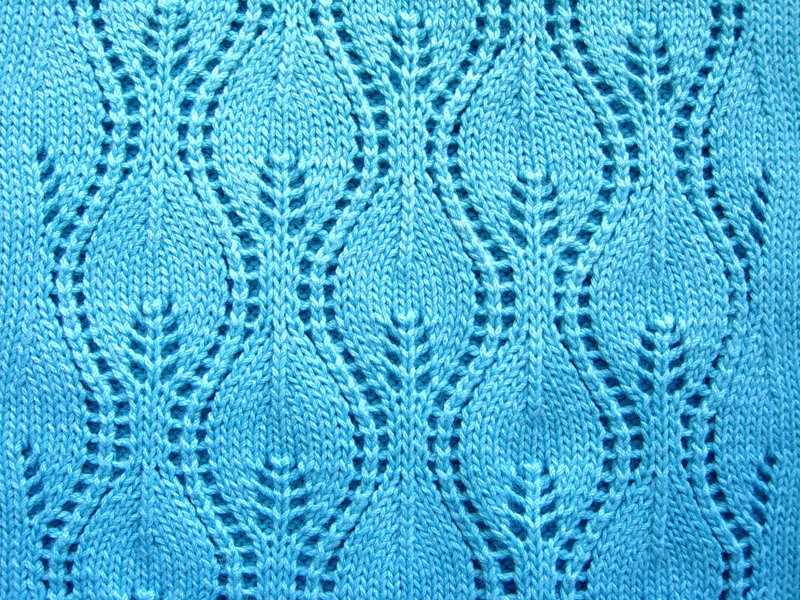
As a knitter, once you have mastered the basics of knitting, you may want to challenge yourself with advanced stitch knitting patterns. These patterns often incorporate complex stitches and techniques that result in intricate and beautiful designs. They are perfect for knitters who are looking to take their skills to the next level and create unique and eye-catching pieces.
One popular advanced stitch knitting pattern is the cable stitch. This stitch creates a twisted, rope-like design that adds texture and depth to your project. To create the cable stitch, you will need to use a cable needle to hold stitches to the front or back of your work while knitting, which twists the stitches and creates the cable effect. Cable stitch patterns can be used to make stunning scarves, hats, and even sweaters.
Another advanced stitch knitting pattern is the lace stitch. Lace patterns often incorporate yarn-overs and decreases to create delicate and intricate patterns. They can create beautiful openwork designs that are perfect for shawls, wraps, and even lightweight sweaters. Lace knitting requires attention to detail and careful counting, as the patterns often repeat multiple times across a row or round.
Fair Isle knitting patterns are another advanced technique that involves using multiple colors in a single row or round. By carrying the different yarn colors along the back of your work, you can create colorful and intricate designs. Fair Isle patterns are commonly used to make accessories such as hats, mittens, and socks.
If you are a more experienced knitter looking for a challenge, intarsia knitting may be the perfect advanced stitch knitting pattern for you. Intarsia involves working with multiple colors and creating blocks of color within your knitting. This technique allows you to create detailed pictures and designs within your projects. It requires careful attention to detail and color changes, and the results are truly stunning.
These are just a few examples of advanced stitch knitting patterns that you can explore. As you gain more experience and confidence in your knitting skills, don’t be afraid to try new and challenging patterns. The world of stitch knitting offers endless possibilities for creating beautiful and unique pieces.
Tips and Tricks for Perfecting Stitch Knitting
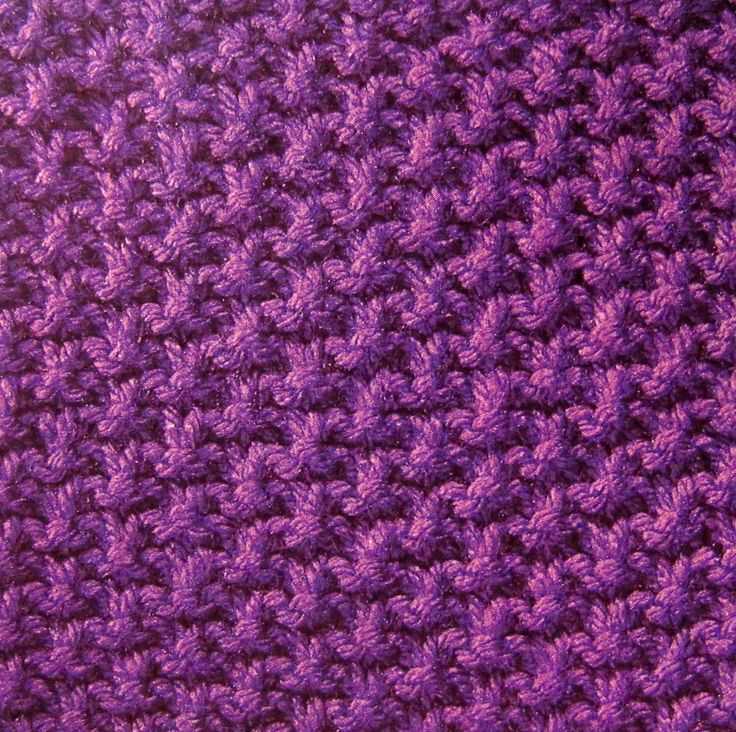
If you are new to stitch knitting or are looking to improve your skills, there are several tips and tricks that can help you achieve perfect stitches. Whether you are working on a simple scarf or a complex sweater, these techniques will ensure that your finished project looks polished and professional.
1. Use the right knitting needles:
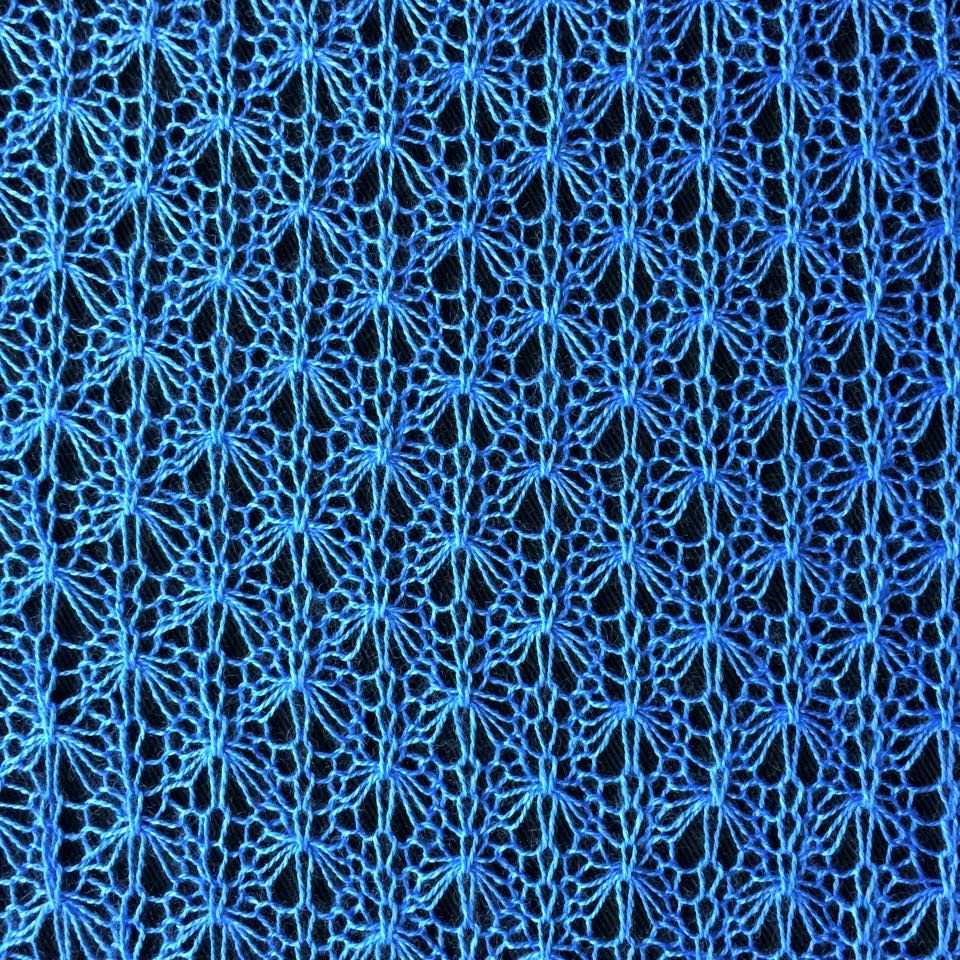
Choosing the right knitting needles for your project is essential for achieving perfect stitch knitting. Different projects require different types and sizes of needles. Make sure to check your pattern for the recommended needle size and material (metal, wood, or plastic) to ensure that your stitches are even and consistent.
2. Practice proper tension:
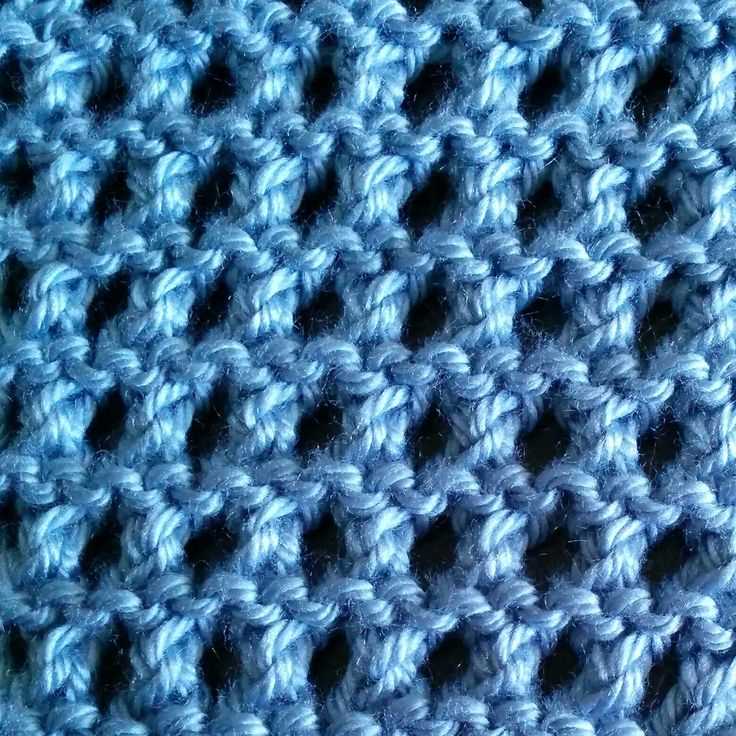
One of the most important aspects of stitch knitting is maintaining the correct tension. Tension refers to how tight or loose your stitches are. Too loose, and your fabric will be floppy and uneven. Too tight, and your fabric will be stiff and difficult to work with. Practice finding the perfect tension by experimenting with different knitting styles and adjusting your grip on the yarn.
3. Count your stitches:
Counting your stitches is crucial for creating a uniform and well-designed piece. It is easy to lose track of your stitch count, especially if you are working on a larger project. Use stitch markers or a row counter to keep track of your stitches and ensure that you are working the correct number of stitches for each row or round.
4. Fix mistakes quickly:
Mistakes happen, even to experienced knitters. The key is to fix them quickly and accurately to maintain the integrity of your work. Learn how to recognize and fix common mistakes, such as dropped stitches or twisted stitches. Investing in a good set of crochet hooks can help you rescue stitches and avoid having to unravel your project.
5. Block your finished piece:
Blocking is the process of shaping and drying your finished knitting project to give it a polished and professional look. It helps even out your stitches and makes the fabric drape beautifully. Follow the blocking instructions provided in your pattern or consult a knitting reference book for guidance on blocking different types of fibers.
By following these tips and tricks, you can perfect your stitch knitting skills and create beautiful and professional-looking projects. Don’t be afraid to experiment and try new techniques – with practice, you will become a master stitch knitter!
Common Mistakes to Avoid in Stitch Knitting
Stitch knitting is a popular craft that allows you to create beautiful and intricate patterns using a variety of stitches. However, even experienced knitters can make mistakes that can ruin the final result of their project. To help you avoid common pitfalls, here are some mistakes to watch out for:
1. Not checking your gauge
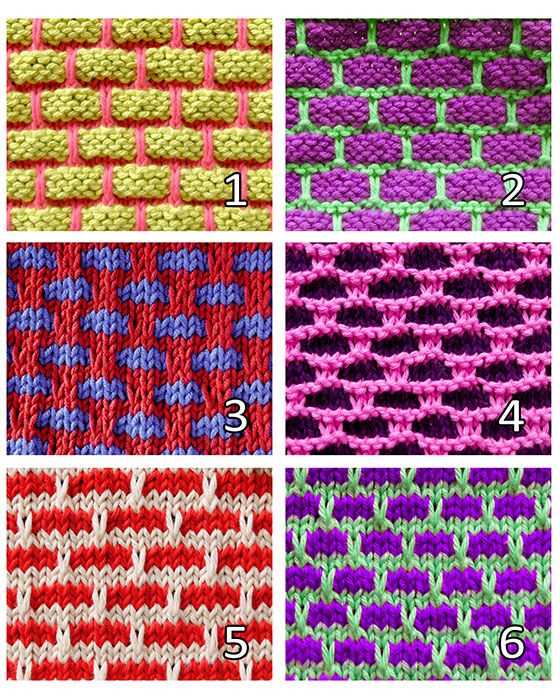
One of the most important steps in any knitting project is checking your gauge. This involves knitting a swatch using the specified yarn and needle size and measuring it to ensure that it matches the pattern’s recommended gauge. Ignoring this step can lead to inconsistencies in your stitches and result in a finished project that is either too large or too small.
2. Not using lifelines
Lifelines are a simple and effective way to protect your work in case you make a mistake. They involve threading a length of scrap yarn through a row of stitches, creating a “line” that you can use as a reference point if you need to undo your work. Adding lifelines every few rows can save you from having to start over if you make a mistake or need to make adjustments.
3. Not counting your stitches
Counting your stitches is an essential step in stitch knitting to ensure that you have the correct number of stitches in each row. Skipping this step can lead to mistakes and uneven patterns. Take the time to count your stitches regularly, especially after complex stitch patterns, to ensure that you are on the right track.
4. Not using stitch markers
Stitch markers are small rings or clips that you can place on your knitting needles to mark specific points in your pattern. They can be used to indicate the beginning of a round, separate pattern repeats, or mark specific stitch changes. Not using stitch markers can make it difficult to keep track of your progress and can lead to mistakes in your pattern.
5. Not reading the pattern carefully
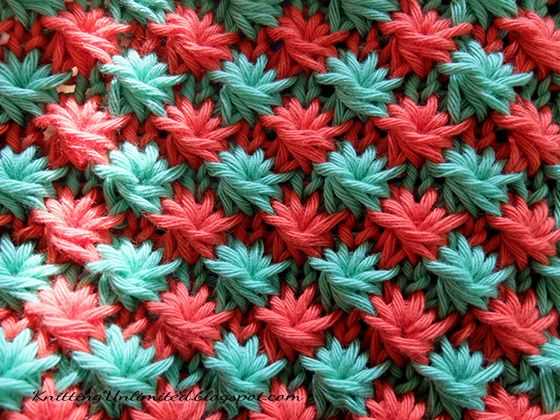
Before starting any stitch knitting project, it is crucial to read the pattern carefully and fully understand the instructions. Skipping over important details or misinterpreting the pattern can result in mistakes that are difficult to fix. Take the time to familiarize yourself with the pattern, including any stitch abbreviations or special instructions, to ensure that you can follow along correctly.
Avoiding these common mistakes in stitch knitting can save you time and frustration, and help you create beautiful and professional-looking projects. Remember to pay attention to details, use the right tools and techniques, and take your time to ensure the best results.
Fun and Creative Stitch Knitting Projects to Try
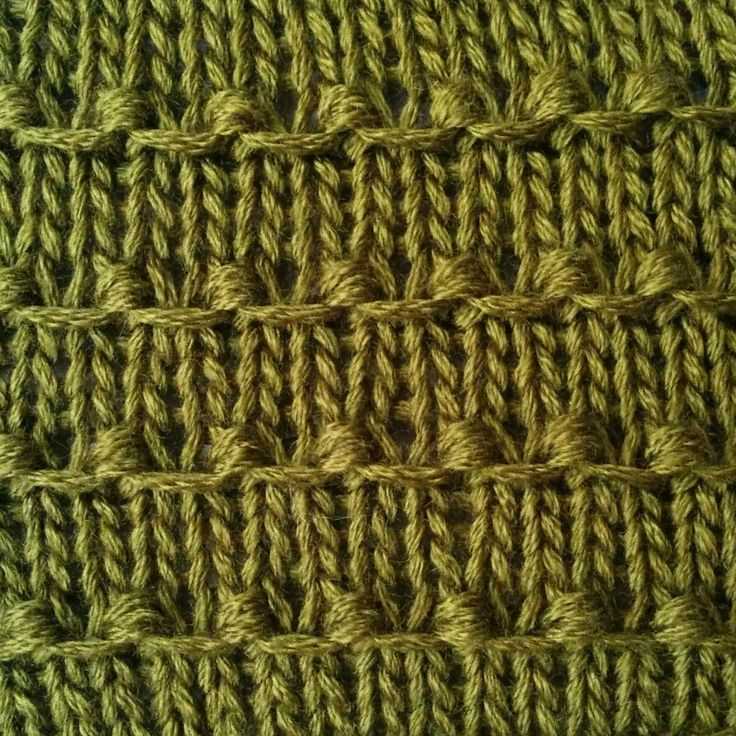
Stitch knitting is a versatile and enjoyable technique that allows knitters to create intricate and beautiful designs, adding texture and interest to their projects. Whether you are a beginner or an experienced knitter, there are plenty of fun and creative stitch knitting projects to try. Here are some ideas to inspire your next knitting adventure:
1. Cable Knit Headband
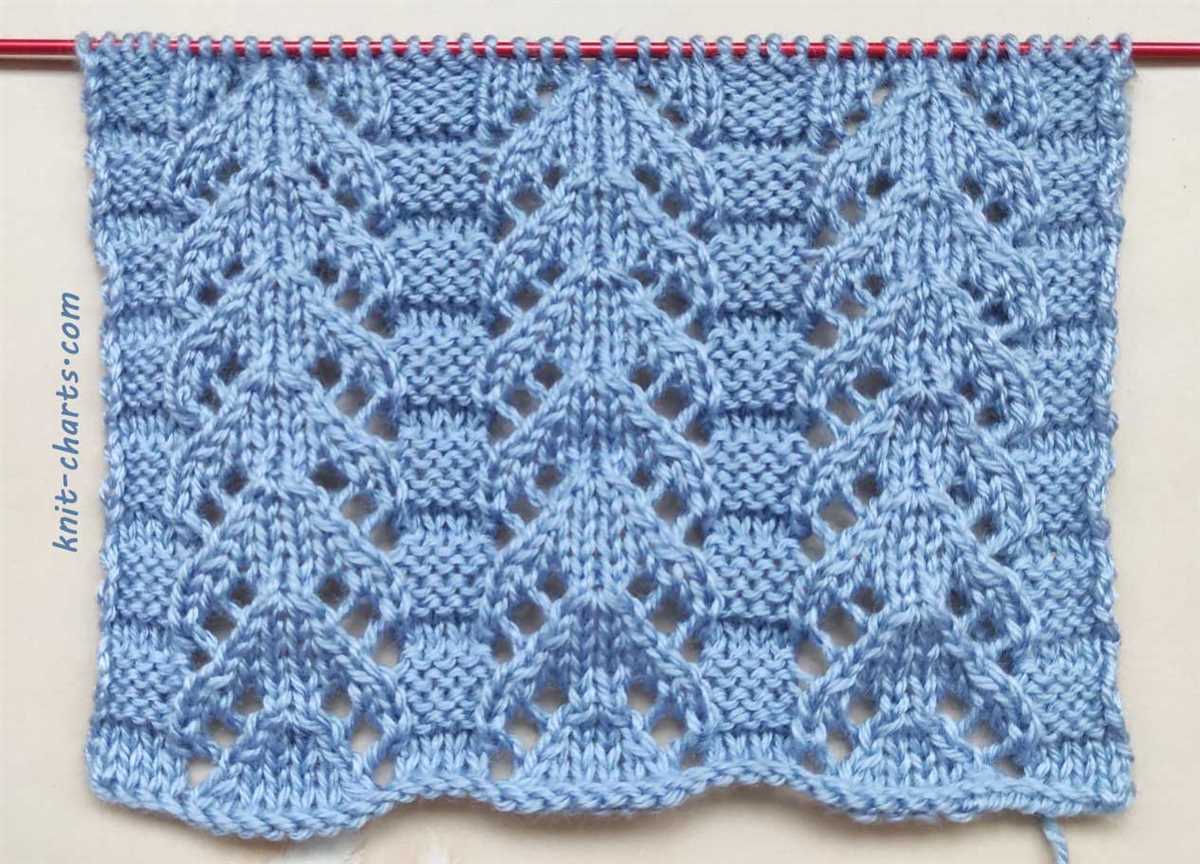
Cable knitting is a classic technique that creates intricate twisted patterns. Try your hand at knitting a cable knit headband, perfect for keeping your ears warm in style. With its unique texture and beautiful design, this project is sure to impress.
2. Lace Shawl
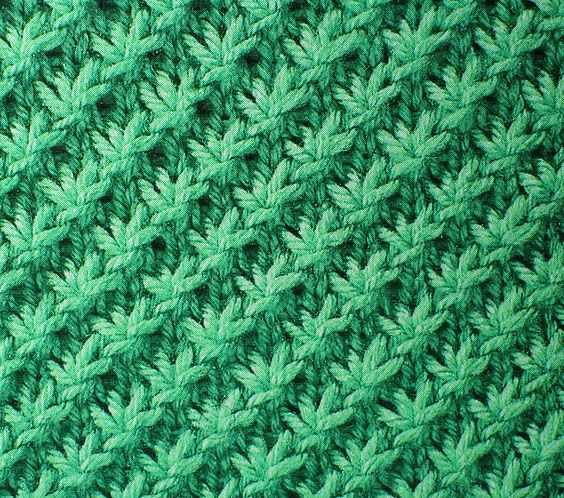
Lace knitting is an elegant technique that produces delicate and airy patterns. Knit a lace shawl to add a touch of sophistication to any outfit. The intricate lace patterns will make this project a joy to work on, and the finished shawl will be a true work of art.
3. Fair Isle Sweater
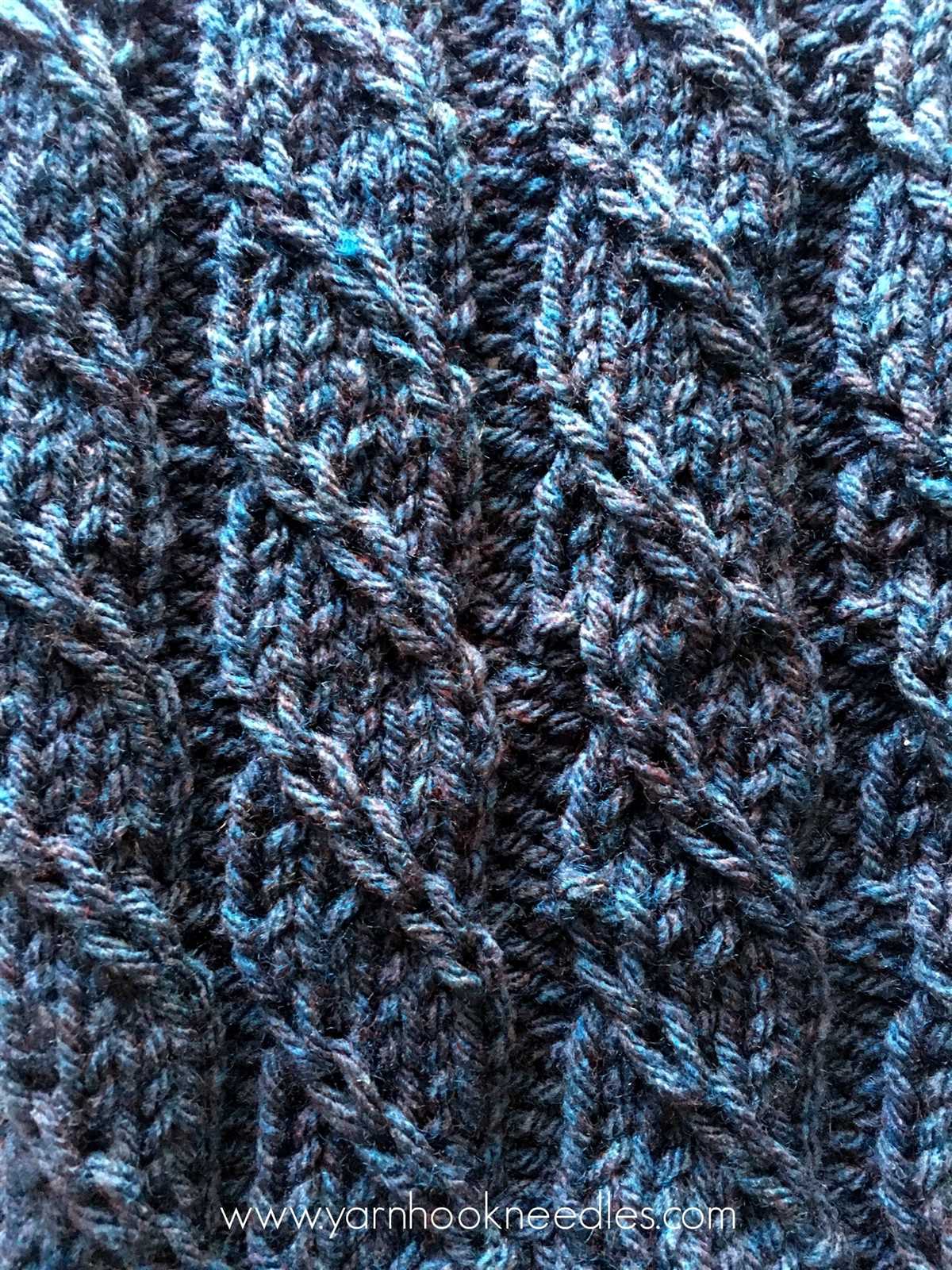
If you’re up for a challenge, try knitting a Fair Isle sweater. This technique involves knitting with multiple colors to create intricate and colorful patterns. The result is a stunning sweater that showcases your knitting skills and adds a pop of color to your wardrobe.
4. Textured Blanket

Knit a cozy textured blanket to snuggle up with on chilly nights. Experiment with different stitch patterns, such as seed stitch or brioche stitch, to add depth and interest to your blanket. The combination of different textures will make this project both fun to knit and comforting to use.
5. Animal Toy
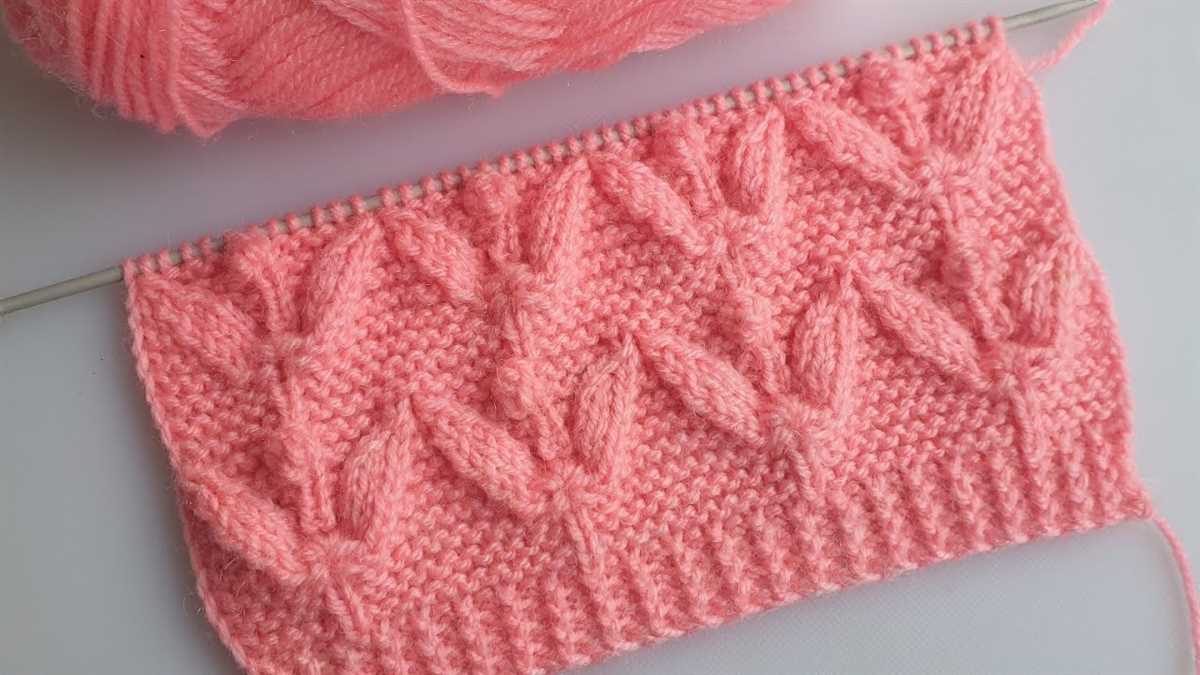
Knit a cute and cuddly animal toy for a child or as a decorative piece. There are many knitting patterns available for different animals, from teddy bears to bunnies. Choose your favorite animal and have fun bringing it to life with stitches.
In Conclusion
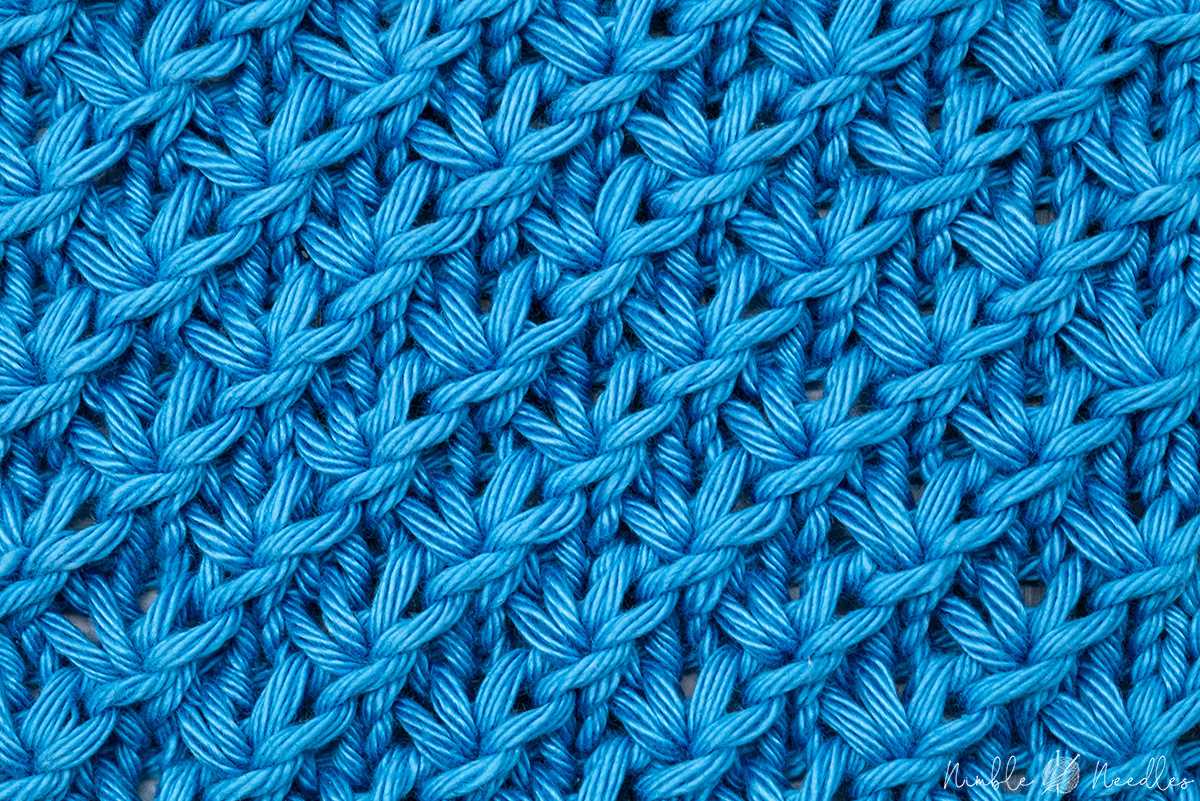
Stitch knitting projects offer endless possibilities for creativity and self-expression. Whether you’re looking for a simple and relaxing project or a challenging and intricate design, there is something for everyone to enjoy. So grab your knitting needles, explore different stitch patterns, and embark on a journey of knitting adventure. Happy knitting!
Q&A:
What is stitch knitting?
Stitch knitting refers to a technique where knitting needles are used to create fabric by interlocking loops of yarn.
What are stitch knitting patterns?
Stitch knitting patterns are sets of instructions that guide knitters on how to create various decorative stitches and textures in their knitted fabric.
How do I read a stitch knitting pattern?
Reading a stitch knitting pattern requires familiarity with knitting abbreviations and symbols. The pattern will indicate which stitches to knit, purl, or manipulate in order to create the desired design.
Where can I find stitch knitting patterns?
Stitch knitting patterns can be found in knitting books, magazines, and online platforms dedicated to knitting. There are also many free patterns available on websites and blogs.
Can I create my own stitch knitting patterns?
Absolutely! Once you understand the basic principles of knitting, you can experiment with different stitch combinations and create your own unique stitch knitting patterns.
What are stitch knitting patterns?
Stitch knitting patterns are sets of instructions that tell you which stitches to make and in what order to create a specific design or texture on your knitted fabric. They can range from simple, repetitive patterns like ribbing or seed stitch to more complex and intricate lace or cable patterns.